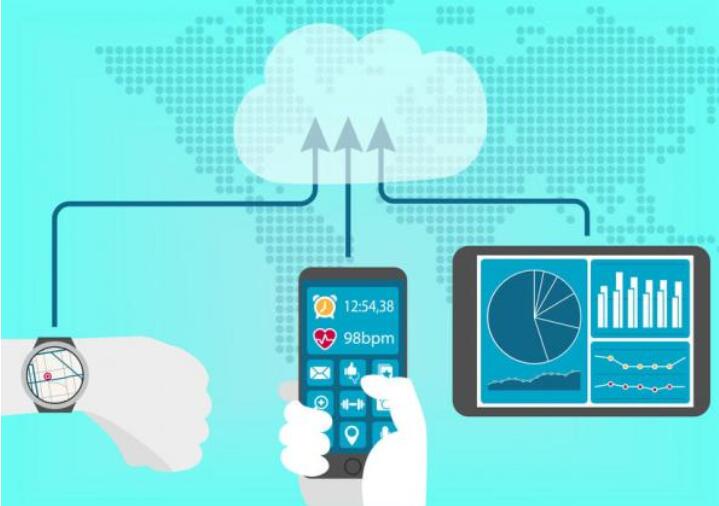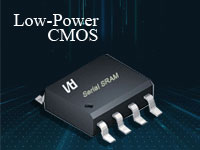Connected healthcare market predicted for 26% CAGR growth
Connected healthcare products will see dramatic growth to nearly $100bn by 2030 says a new report from the United Nations and P&S Intelligence.
The World Population Ageing 2019 report from the United Nations shows the number of people aged 65 and above will grow from 703 million last year to over 1.5 billion by 2030.
This will drive the global smart home healthcare market from $8.7 billion in 2019 to a massive $96.2 billion in 2030, a compund growth of 26.2% over the decade says P&S Intelligence.
Elderly people are demanding an array of smart technologies that can help them live independently and with dignity in their home. In particular, the increasing demand for internet of things (IoT)-connected patient monitoring equipment and fall detection and prevention equipment is helping the smart home healthcare market advance around the world. As elderly people easily fall prey to cancer, diabetes, and other chronic diseases, the need for extensive medical care, even at homes, is rising.

However, lockdown measures taken to control the spread of the Covid-19 infection have temporarily harmed the smart home healthcare market. This has led to a stoppage in the supply of raw materials and components, which has, in turn, led to slow or no manufacturing of equipment.
Further, the increasing demand for mHealth services is another of the major drivers impacting the growth of the smart home healthcare market. mHealth is the practice of delivering healthcare services with the help of mobile devices, such as cell phones, laptops, tablets, and personal digital assistants (PDAs). For instance, most of the recent smartphones, such as Honor Play 4 Pro and Lava Pulse, have been launched with health parameter sensors.
In the past, the health status monitoring category held the largest share in the smart home healthcare market, under the application segment. Owing to the increasing awareness about personal fitness and health, people are looking to rapidly procure devices that help them track the number of steps walked, heart rate, calories burned, and other parameters, thus allowing them to take appropriate actions to maintain their fitness levels.
most productive region in the smart home healthcare market currently is North America. The presence of major original equipment manufacturers (OEM) and high purchasing power are leading to the rising sale of smart home healthcare appliances in the region.
The World Population Ageing 2019 report from the United Nations shows the number of people aged 65 and above will grow from 703 million last year to over 1.5 billion by 2030.
This will drive the global smart home healthcare market from $8.7 billion in 2019 to a massive $96.2 billion in 2030, a compund growth of 26.2% over the decade says P&S Intelligence.
Elderly people are demanding an array of smart technologies that can help them live independently and with dignity in their home. In particular, the increasing demand for internet of things (IoT)-connected patient monitoring equipment and fall detection and prevention equipment is helping the smart home healthcare market advance around the world. As elderly people easily fall prey to cancer, diabetes, and other chronic diseases, the need for extensive medical care, even at homes, is rising.

However, lockdown measures taken to control the spread of the Covid-19 infection have temporarily harmed the smart home healthcare market. This has led to a stoppage in the supply of raw materials and components, which has, in turn, led to slow or no manufacturing of equipment.
Further, the increasing demand for mHealth services is another of the major drivers impacting the growth of the smart home healthcare market. mHealth is the practice of delivering healthcare services with the help of mobile devices, such as cell phones, laptops, tablets, and personal digital assistants (PDAs). For instance, most of the recent smartphones, such as Honor Play 4 Pro and Lava Pulse, have been launched with health parameter sensors.
In the past, the health status monitoring category held the largest share in the smart home healthcare market, under the application segment. Owing to the increasing awareness about personal fitness and health, people are looking to rapidly procure devices that help them track the number of steps walked, heart rate, calories burned, and other parameters, thus allowing them to take appropriate actions to maintain their fitness levels.
most productive region in the smart home healthcare market currently is North America. The presence of major original equipment manufacturers (OEM) and high purchasing power are leading to the rising sale of smart home healthcare appliances in the region.
CONTACT US
USA
Vilsion Technology Inc.
36S 18th AVE Suite A,Brington,Colorado 80601,
United States
E-mail:sales@vilsion.com
Europe
Memeler Strasse 30 Haan,D 42781Germany
E-mail:sales@vilsion.com
Middle Eastern
Zarchin 10St.Raanana,43662 Israel
Zarchin 10St.Raanana,43662 Israel
E-mail:peter@vilsion.com
African
65 Oude Kaap, Estates Cnr, Elm & Poplar Streets
Dowerglen,1609 South Africa
E-mail:amy@vilsion.com
Asian
583 Orchard Road, #19-01 Forum,Singapore,
238884 Singapore
238884 Singapore
E-mail:steven@vilsion.com
